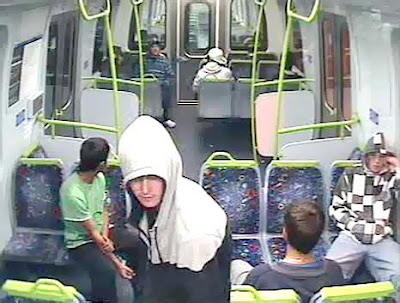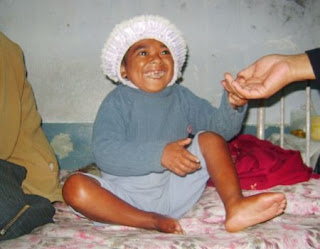This is an arrangement where in the extreme poor students from the margins of society can make their way into the prestigious institutes of India like the IIT's.
The main architect of the concept is Anandkumar from 'Ramanujam School of Mathematics'. His efforts in bringing out the best from his students and uplifting them from extreme poverty are commendable. He alongwith an IPS officer - Bihar's Additional Director-General of Police Abhyanand, who teaches physics at the institute brought this concept into a reality.
The Super 30 works in this way:
Students after their 11th standard are supposed to appear for an entrance exam, the team of teachers from the 'Ramanujam School of Mathematics' screens and shortlists a group of 30 students. The students who are extremely poor but have a promising virtue to study and clear IIT-JEE are selected.
He then nurtures the students with his coaching and provides them with free food and free lodging. Yes, he takes care of the students for free! The students stay in his house and his mother cooks for them from the start of the course in September until the exams are over in April-May.
While his brother chips in with funds, still the burden is largely shared by Anandkumar who generates income from the school where other students from affluent family attend classes. He had to teach in the past in other teacher's classes too to make money for the Super 30.
The results have been astonishing. Super 30 started its journey in 2003, 18 out of 30 students were successful. The next year, the number of students successful went up to 22. In 2005, it improved further to 26. Continuing the trend, 28 students made it in 2006 and 2007. However, in 2008, the result was an amazing 30 out of 30.Super 30 had hit the bull’s eye. It was ‘a dream come true’ for Anand and his team.
Super 30 has done it again in 2009. It has been 30 out of 30 for the second year in succession.
The team also has got contributions from their past students who completed engineering from IIT's. The set-up has given out hope for the children of the marginalised, like the children of the carpenter, brick-kiln worker, labourer, rickshaw-puller etc who have made it to the prestigious institute of IIT.
Anandkumar had been an enthusiastic student of Mathematics in his days. He was studying in the Patna Science College and had taken huge strides in his field as a student. He got a chance to study in Cambridge, but could not follow up his dream due to lack of funds. Being brought up in penury after the death of his father and having lost his date with destiny, Anandkumar had nurtured the dream of coaching poor students to glory.
The team had its moment of well-deserved adulation when many a documentaries were made about it by foreign crews. Discovery channel had a specific interest in the story and had tracked a team for one full year. The documentary created by the channel had won prestigious awards all over the world.
We come across many a distressing stories about our country, but reading about Super 30 and its founders Anandkumar and Officer Abhayanand makes one feel proud about their contribution. Instead of mingling into mindless politicisation of the upliftment of poor and affirmative actions, if the law makers of this land encourage and endure more Super 30 groups, India will make strides in progress.
The official website for Super 30 can be reached at http://www.super30.org/
Update1:













 First time in world history, fasting only for 4 hours and that too with an AC …….
First time in world history, fasting only for 4 hours and that too with an AC …….


